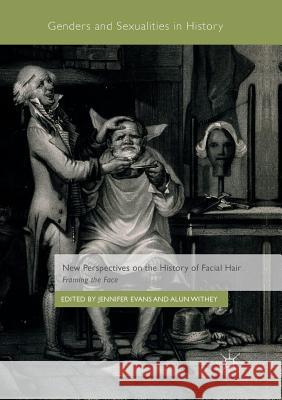New Perspectives on the History of Facial Hair: Framing the Face » książka
topmenu
New Perspectives on the History of Facial Hair: Framing the Face
ISBN-13: 9783030088002 / Angielski / Miękka / 2018 / 249 str.
Kategorie BISAC:
Wydawca:
Palgrave MacMillan
Seria wydawnicza:
Język:
Angielski
ISBN-13:
9783030088002
Rok wydania:
2018
Wydanie:
Softcover Repri
Ilość stron:
249
Waga:
0.32 kg
Wymiary:
21.01 x 14.81 x 1.42
Oprawa:
Miękka
Wolumenów:
01
Dodatkowe informacje:
Wydanie ilustrowane











